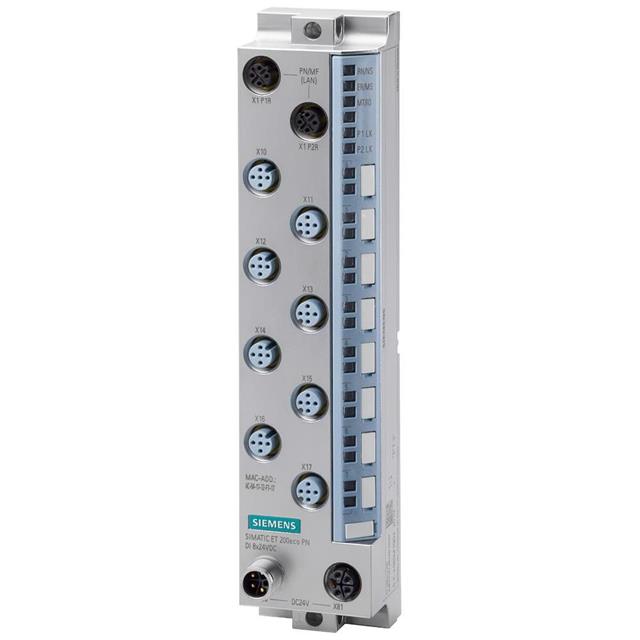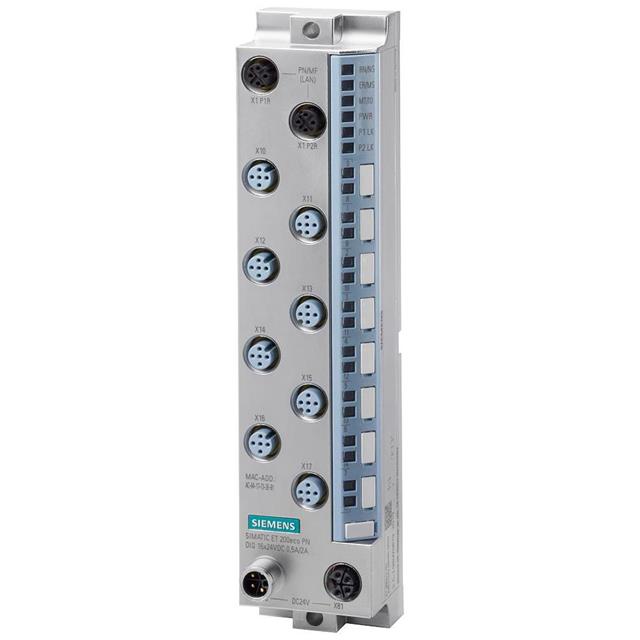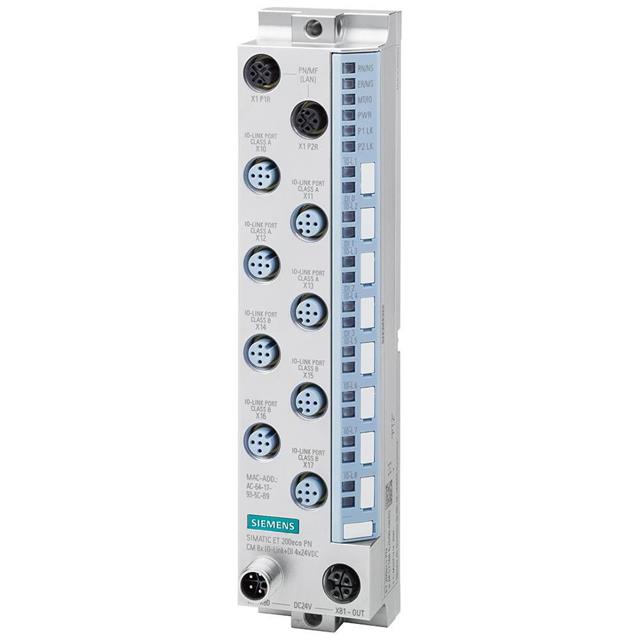SIMATIC ET 200ECO Series, Controllers - PLC Modules
Results:
5
Manufacturer
Series
Number of Inputs and Type
Type
Number of Outputs and Type
For Use With/Related Products
Termination Style
Voltage - Supply
Features
Mounting Type
Results remaining:5
Applied Filters:
SIMATIC ET 200ECO
About Controllers - PLC Modules
A programmable logic controller (PLC) module is a specialized digital computer designed specifically for industrial applications. It is built to withstand harsh environments and is optimized for controlling manufacturing processes, such as assembly lines and robotic devices. PLCs are also commonly used in any activity that requires precise control, high reliability, ease of programming, and efficient process fault diagnosis. The primary function of a PLC module is to monitor and control various components and processes within an industrial system. This includes managing inputs from sensors and switches, executing programmed instructions, and generating outputs to control actuators, motors, valves, and other devices. PLCs offer several advantages over traditional computer systems in industrial settings. One key advantage is their ruggedized design, which allows them to operate reliably in environments with high levels of noise, temperature variations, humidity, and vibrations. Another significant advantage of PLC modules is their ease of programming. They utilize specialized programming languages and software tools that are specifically tailored for industrial control applications. These programming languages are intuitive and allow engineers and technicians to create complex control strategies easily. Furthermore, PLC modules provide advanced diagnostic capabilities, making it easier to identify and troubleshoot faults in the manufacturing processes. They can monitor various parameters, capture data, and generate detailed reports to aid in the diagnosis and resolution of issues, minimizing downtime and improving overall system efficiency. In summary, a PLC module is a ruggedized and adaptable digital computer designed for controlling manufacturing processes and other activities that require precise control and high reliability. It offers ease of programming, efficient process fault diagnosis, and robust performance in harsh industrial environments. PLCs have become indispensable tools in modern industrial automation, enabling efficient and reliable control of complex systems.



